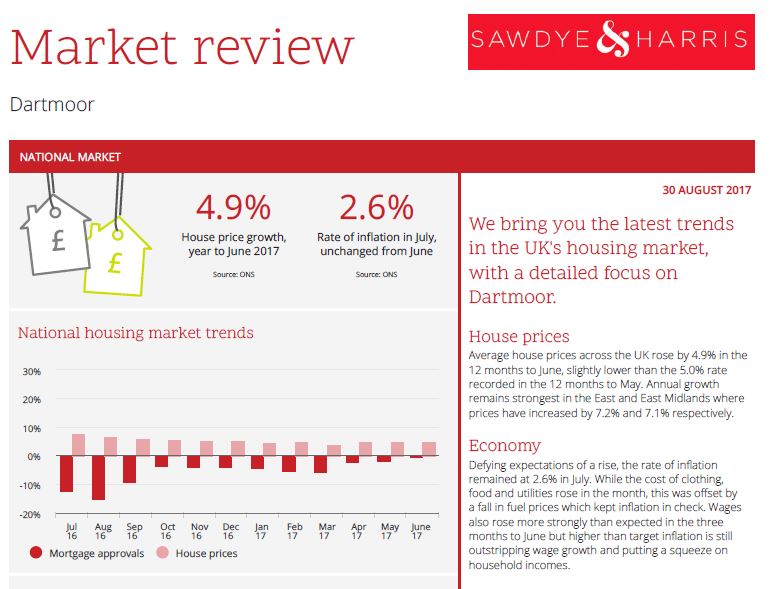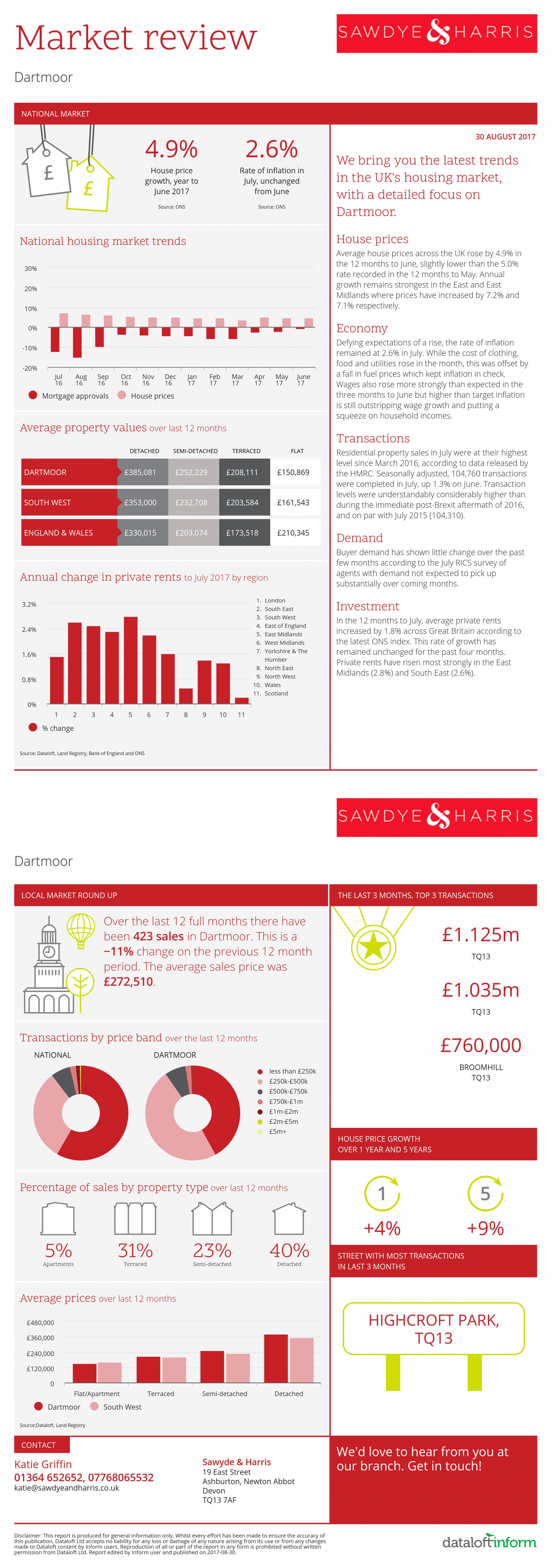HOW TO PREPARE YOUR HOME FOR SALE IN THE WINTER
NAEA Propertymark offers
advice for sellers putting their property on the market this winter
During the winter when the days are shorter, the housing market is renowned for being quieter, as many sellers postpone marketing their homes until the spring. However, house hunters are looking all year round, so buyers should do everything they can to market their property in the best possible light in the colder months as well as the rest of the year.
NAEA Propertymark has put together top tips sellers can follow to ensure success by taking advantage of the unique opportunities that winter can bring:
Mark Hayward, Chief Executive, NAEA Propertymark said: “It’s widely believed that sellers should hold off from marketing their homes in the cooler months because ‘it’s a challenging time to sell’. However, with fewer properties on the market and growing demand from buyers, winter can be the perfect time to market your home and get a head start before the traditional New Year rush.”
First impressions count.
The first seconds upon arriving at a property really impact the buyer’s decisions, so make sure it looks well maintained and cared for from the outside, with windows and walls freshly washed to remove any dirt brought by the winter weather. Clear the path of leaves and make sure there isn’t any ice around which could cause potential buyers to slip.
Be flexible.
With less daylight hours available for potential buyers to view your house, you should be as flexible as possible with viewings, so prospective buyers can see it when it’s convenient for them. Your estate agent should help you work around these tricky daylight hours.
A warm welcome.
Making sure a home is warm and well-lit can encourage potential buyers to stay longer and help them to envisage themselves living the property – especially during the winter. Additions such as welcoming garden lights to enhance the entrance to your home can appeal to buyers’ imaginations. If you have a gas fireplace or a clean woodstove, light a fire to welcome visitors and create a warm and cosy ambience. If your home's wood-burning fireplace leaves a smoky smell in the room, hold off.
Feeling festive.
You should decorate for the Christmas period but don’t go overboard; a house that is over cluttered with Christmas décor can deter buyers. They should be able to envisage themselves living in your home, so it pays to make it as inviting as possible. A few festive fairy lights, cinnamon scented candles and a decorated Christmas tree can enhance a homely feel and paint a positive picture for potential buyers.
Garden space and showcasing all season.
An unkempt garden can detract buyers, as it looks like lots of work needs to be done. It’s worth spending a few hours trimming bushes, mowing the lawn, and removing fallen leaves and dead plants to make a tidy outdoor space. It is also a good idea to trim back overhanging branches, to prevent any from blocking the windows as you want to encourage as much light into the property as possible. Increased rainfall over the winter months take its toll on guttering too, make sure they are well maintained and clear of any debris and fallen leaves, as leaky gutters and pipes cause damage and are unappealing. Viewings on dark winter nights fail to show the potential of your garden, so have photos available to show potential buyers what the property looks like during warmer weather too.
Tackle the DIY jobs you have been putting off.
Make sure all the small maintenance jobs have been finished before you put your home on the market – such as fixing leaky taps or painting over cracks on the walls. Despite the fact you might not notice it, potential buyers will and fresh internal décor and paintwork goes a long way.
Winter break.
If you are planning to jet off for a winter break, don’t forget to leave the heating on at a low temperature (minimum of 15°c) to prevent the pipes from freezing. If you are away for a long period and don’t want to keep the heating on 24/7, set it on a timer. This will ensure there are no problems upon your return to be dealt with before showing your home to prospective buyers.
For a FREE Valuation contact us on 01364 652652





